US Army struggles to lower soldier suicides
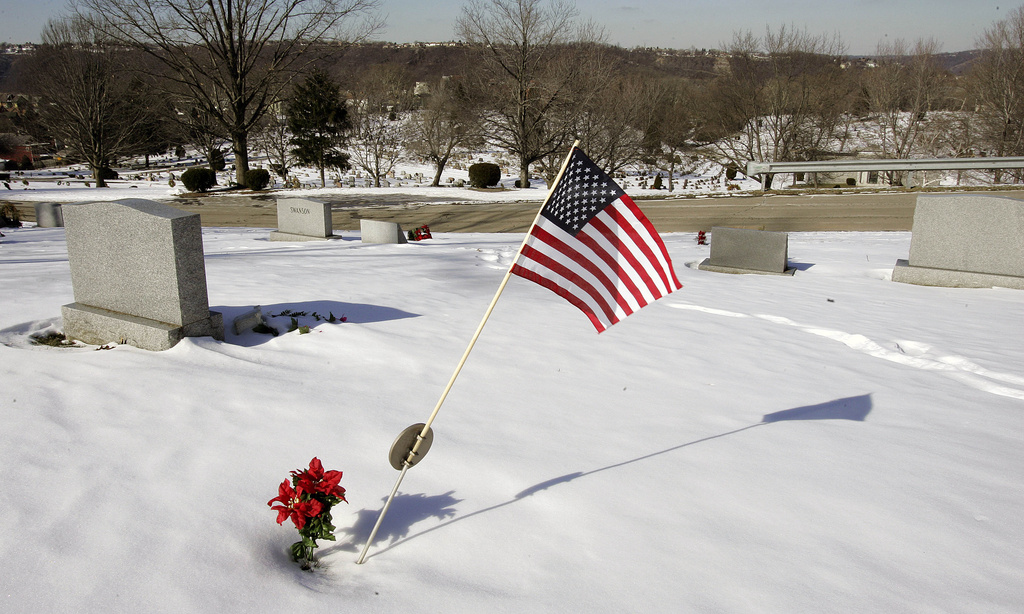
Suicides by members of the United States Army are at their highest level in 20 years and most soldiers wanting to end their lives reach for a gun.
Despite efforts by the US to strengthen its suicide prevention programmes, the number of suicides by both active and non-active duty soldiers continues to climb.
In the first 11 months of 2010, there were a total of 272 such suicides. While figures for December have not been included, the number has already surpassed that of 2009, when 242 active and non-active soldier suicides were reported.
The data for 2010 show that 144 active duty soldiers committed suicide as did 128 non-active duty soldiers. For both categories, the most common means of death was by gunshot wound.
“The senior leadership of the Army continues to talk about the force being out of balance,” Army Colonel Chris Philbrick, commander of an Army task force working to reduce suicides, told swissinfo.ch.
Philbrick said the reason for increased suicide among active duty soldiers is related to a force that is facing continued stress, significant number of relationship issues, as well as repeated deployments, given years of combat in Iraq and Afghanistan.
But the stresses of war tell only part of the story as 39 per cent of those in the Army who committed suicide in 2010 have never deployed.
In terms of suicides for non-active duty soldiers – which more than doubled since 2009 – Philbrick said the figure may be linked to an increase in stressful situations resulting from financial issues, home foreclosures and job loss. Drug and alcohol abuse, family stress and relationship problems may also be contributing factors.
Guns in the home
Unlike their counterparts in Switzerland, US soldiers only have access to military weapons during active duty and do not store their military weapons in their homes. But many Americans have access to guns, with 40 to 45 per cent of American households having firearms in the home, according to figures by the Nataional Rifle Association.
Swiss citizens will vote in February on an initiative that wants to ban army-issued firearms from households and set up a nationwide arms register in an effort in part to reduce suicides.
“By making it easier for soldiers to keep guns in their own home, whether civilian or military issued, you’re making it easier for their suicide attempts to prove lethal,” Matthew Miller, Associate Director of the Harvard Injury Control Research Center, told swissinfo.ch.
Miller says that over 90 per cent of those who attempt suicide in the US with a gun will die while fewer than five per cent will die by other commonly-used methods such as pill taking.
“It is important to recognise that suicides, especially among younger people, are often impulsive acts. That is the reason to reduce access to guns in the home,” he said.
Miller points to decreased suicides in the Israeli Defense Force, a mandatory population-based army drafting all youth ages 18-21, following a policy change implemented in 2006 requiring soldiers to keep their firearms on the base when they take weekend leave.
After the policy change, the total suicide rate by soldiers decreased by 40 per cent in 2007-2008. “Most of this decrease was the result of reduced use of guns over the weekend without any other significant changes in suicide rates during the weekdays,” Miller said.
Prevention programmes
The US Army has launched a series of programmes aimed at stengthening suicide-prevention and removing the stigma associated with seeking psychological counselling. It has also initiated two major studies – a $50 million, five year investigation in 2009 and a $17 million project in 2010 – to better understand the problem.
Due to the increased number of suicides, the Army has also incorporated weapon training information in its suicide-prevention programmes, according to Philbrick.
“We have continued to reinforce at every level the opportunity to educate our soldiers, civilians and family members on the appropriate means to safeguard, handle and utilise privately owned weapons,” Philbrick said.
The issue of gun ownership is a divisive one in the US with the public split over whether state and local governments should be able to pass laws banning the sale and possession of handguns.
Half of the public says that state and local governments should not be able to pass laws barring the sale or possession of handguns in their jurisdictions, while 45 per cent say they should be able to pass such laws, according to a survey earlier this year by Pew Research.
“Easy access to guns can turn a transient crisis into a permanent tragedy,” the Brady Campaign to Prevent Gun Violence told swissinfo.ch. “Firearm suicide is a major public health problem in the United States.” The National Rifle Association was unavailable for comment.
The initiative was launched by an alliance of more than 70 NGOs and is backed by centre-left political parties.
It aims to introduce a strict licensing system for the use of firearms and seeks a ban on the purchase of automatic weapons and pump action shotguns.
It also demands the creation of a central register for firearms, instead of a cantonal system.
Members of the militia army could no longer store their army-issue guns at home but would have to take them to an arsenal.
Centre-left and some centre-right parties are backing the initiative, while a majority in parliament as well as the government have come out against.
Swiss voters will have the final say on the issue on February 13.
The number of military suicides between 2005 and 2009 – 1,100 – exceeded that of the number of US military members killed in Afghanistan since 2001.
For the first 11 months of 2010, there were 21 suicides per 100,000 American soldiers. In 2004 the suicide rate for the active-duty population was 9.6 per 100,000 soldiers.
Marines have a similar rate per 100,000; with the Navy and the Air Force below the national rate.
The suicide rate among civilians in the same age group is 19 suicides per 100,000 (2007 data).

In compliance with the JTI standards
More: SWI swissinfo.ch certified by the Journalism Trust Initiative
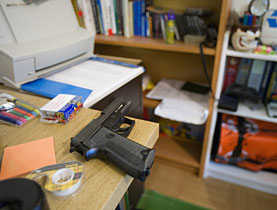
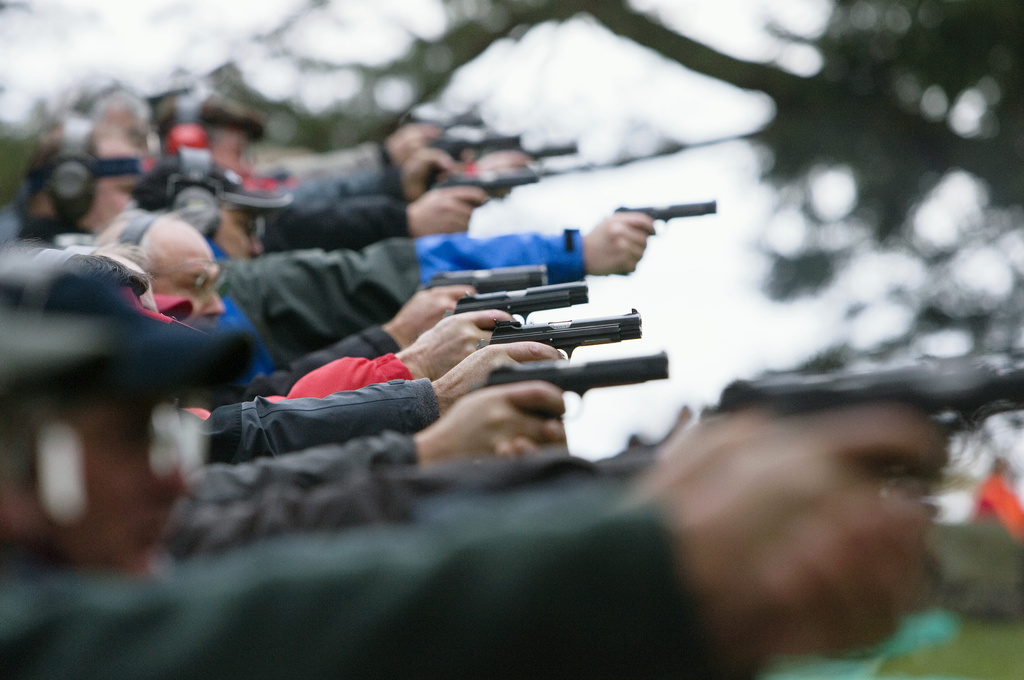
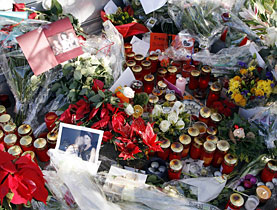

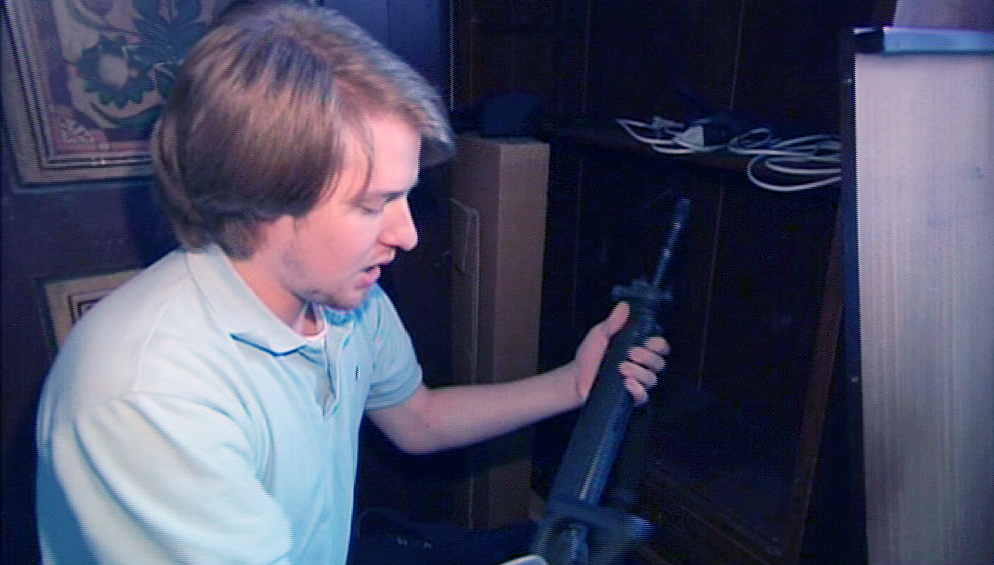
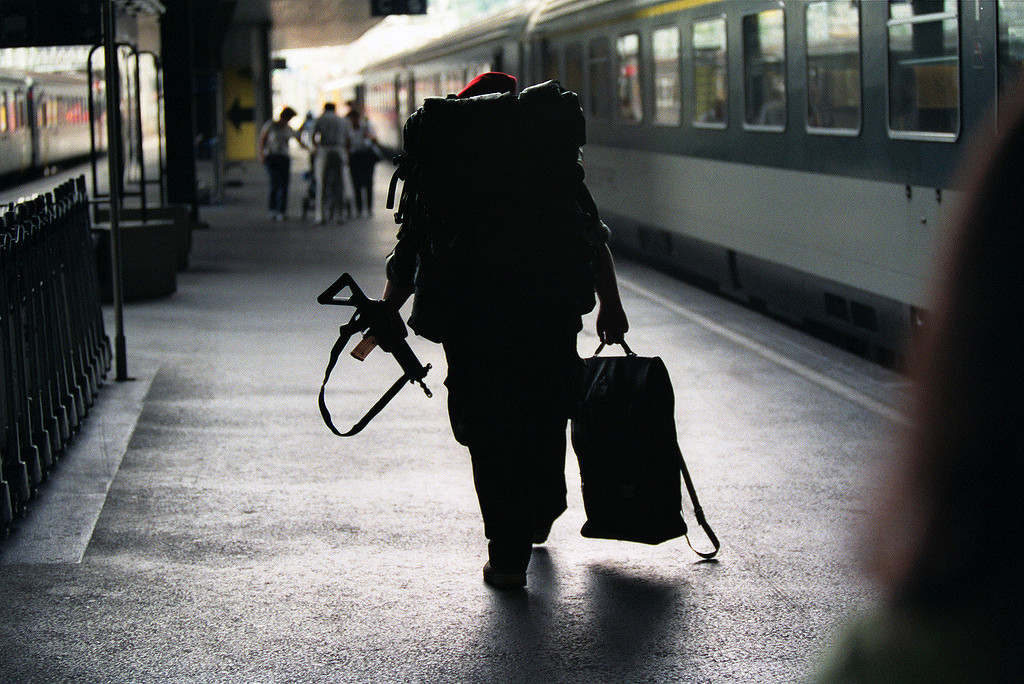
You can find an overview of ongoing debates with our journalists here. Please join us!
If you want to start a conversation about a topic raised in this article or want to report factual errors, email us at english@swissinfo.ch.